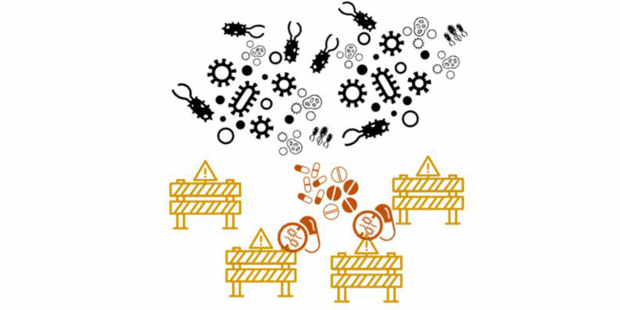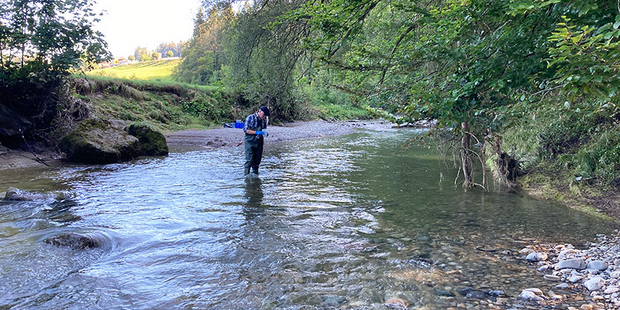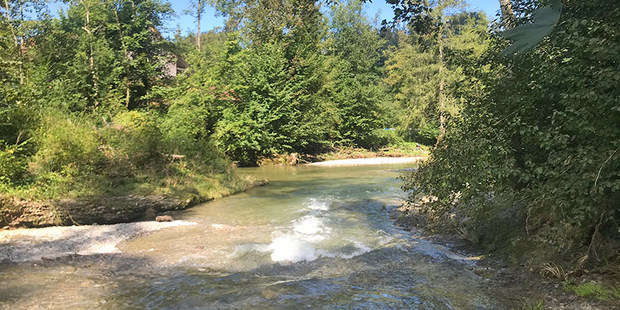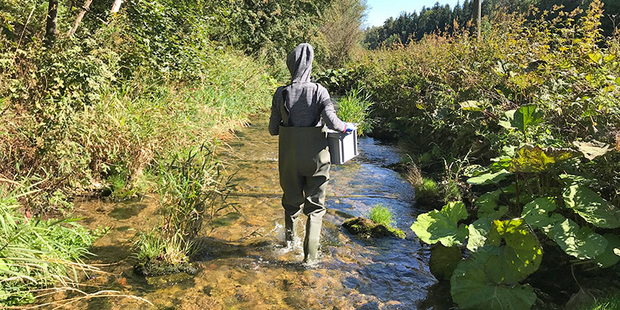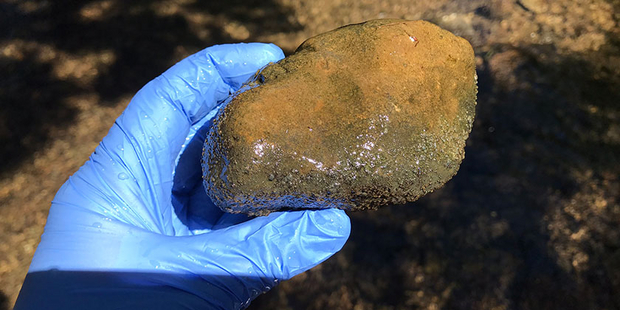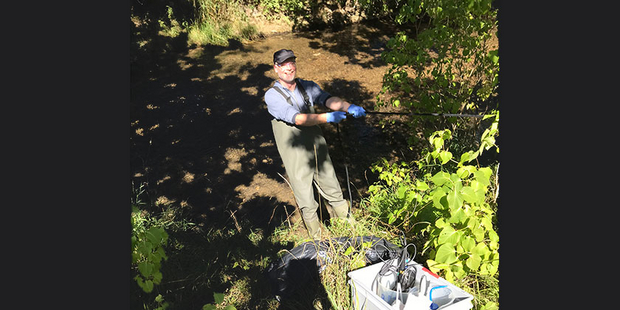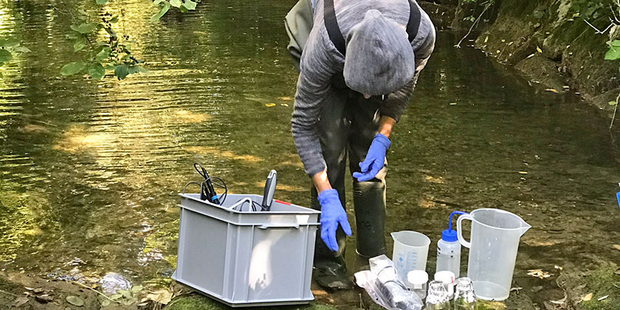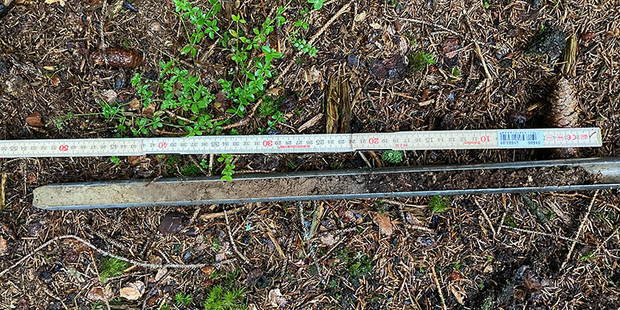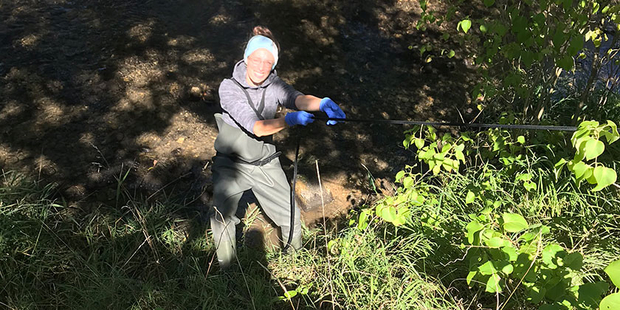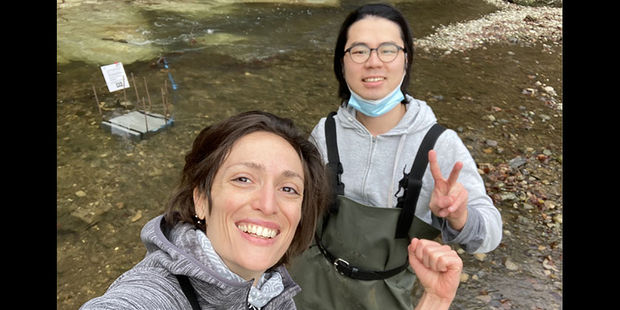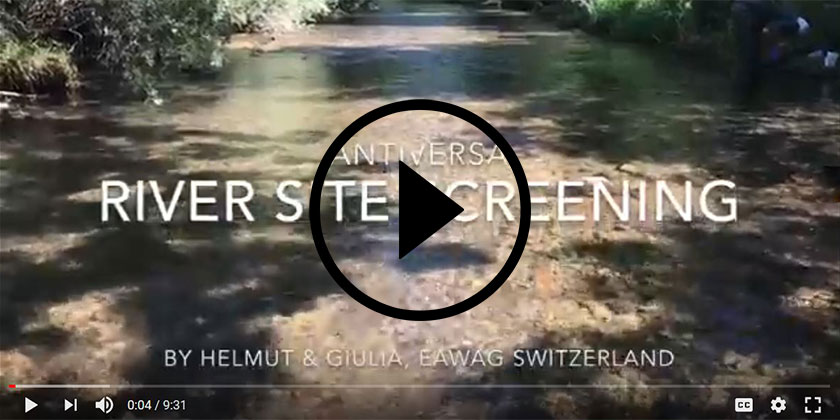Département Eaux de surface
ANTIVERSA - Biodiversity as a barrier to resistance spread
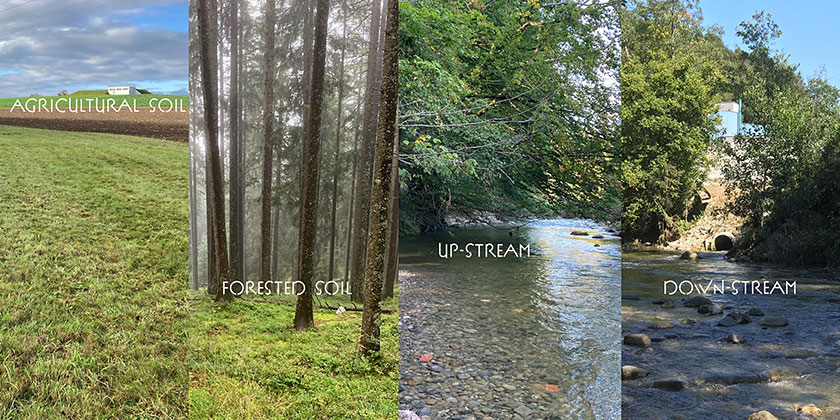
Are healthy environments with diverse microbial communities better barriers to the dissemination of antimicrobial resistance than damaged systems with depleted diversity? That is the question the ANTIVERSA project tries to answer.
In the Anthropocene, antimicrobial resistance (AMR) is one of the most challenging threats for humankind. The capacity of microorganisms (bacteria, viruses, parasites, fungi and other pathogens) to develop resistance to the drugs used to fight them is exponentially increasing. Serious health impacts as well as an economic and social implications are some of the major consequences of the uncontrolled dissemination of AMR worldwide. Recently, all the major international organizations agreed that AMR has to be included under the so called ‘One-Health’ approach and treated through a holistic perspective in which human, veterinary, and the environmental spheres are interconnected. Nowadays, many surface waters and soils are occasionally or chronically polluted by antimicrobial compounds. At the same time, antibiotic resistant bacteria (ARBs) and antibiotic resistant genes (ARGs) also spread into the environment, e.g. from manure and livestock facilities as well as from treated and untreated urban, hospital and industrial wastewater. The role of the environment in promoting or hindering the dissemination of resistance through pathogenic and non-pathogenic bacteria is currently under scientific scrutiny.
On that front, the ANTIVERSA project European Consortium, composed of teams from seven countries and coordinated by the Technical University of Dresden (TUD), aims to study whether highly diverse aquatic and terrestrial ecosystems could prevent or delay the diffusion of AMR. Specifically, the project aims to understand the impact of diversity on the invasion of natural microbial communities (microbiomes of aquatic stream biofilms and terrestrial soils) by ARBs, ARGs and their associated mobile genetic elements (MGEs). Aquatic biofilms and soil microbiomes of contrasting diversity will be exposed to extracellular DNA, transducing phages or resistant bacteria of anthropogenic origin in experiments following standardised procedures to be obtain comparable results from all consortium countries. Additionally, selected aquatic and terrestrial sites with different level of biodiversity from all consortium countries will be monitored over time for their biodiversity and abundance in ARGs and ARBs, under the hypothesis to find a negative correlation between the biodiversity and the abundance of antibiotic resistance. Overall, the ANTIVERSA project stresses the importance of studying the nexus between biodiversity and the antibiotic resistance with the final goal of preserving natural ecosystems services and to help develop management practices and regulations to maintain water and soil quality.
Funding
ANTIVERSA Consortium
Thomas Berendonk, Technische Universität Dresden (TUD), Germany
Fiona Walsh, National University of Ireland, Maynooth, Co Kildare, Ireland
Christophe Merlin, The CNRS, the University of Lorraine and the Laboratoire de Chimie Physique et Microbiologie pour les Matériaux et l’Environnement (LCPME), France
Norbert Kreuzinger, Austrian Agency for Health and Food Safety (AGES), Vienna, Austria
Cristian Coman, Institute of Biological Research Cluj, (INCDSB), Cluj-Napoca, Romania
Magdalena Popowska, University of Warsaw, Department of Applied Microbiology, Warsaw, Poland
Helmut Bürgmann, Swiss Federal Institute of Aquatic Science and Technology (Eawag), Kastanienbaum, Switzerland

